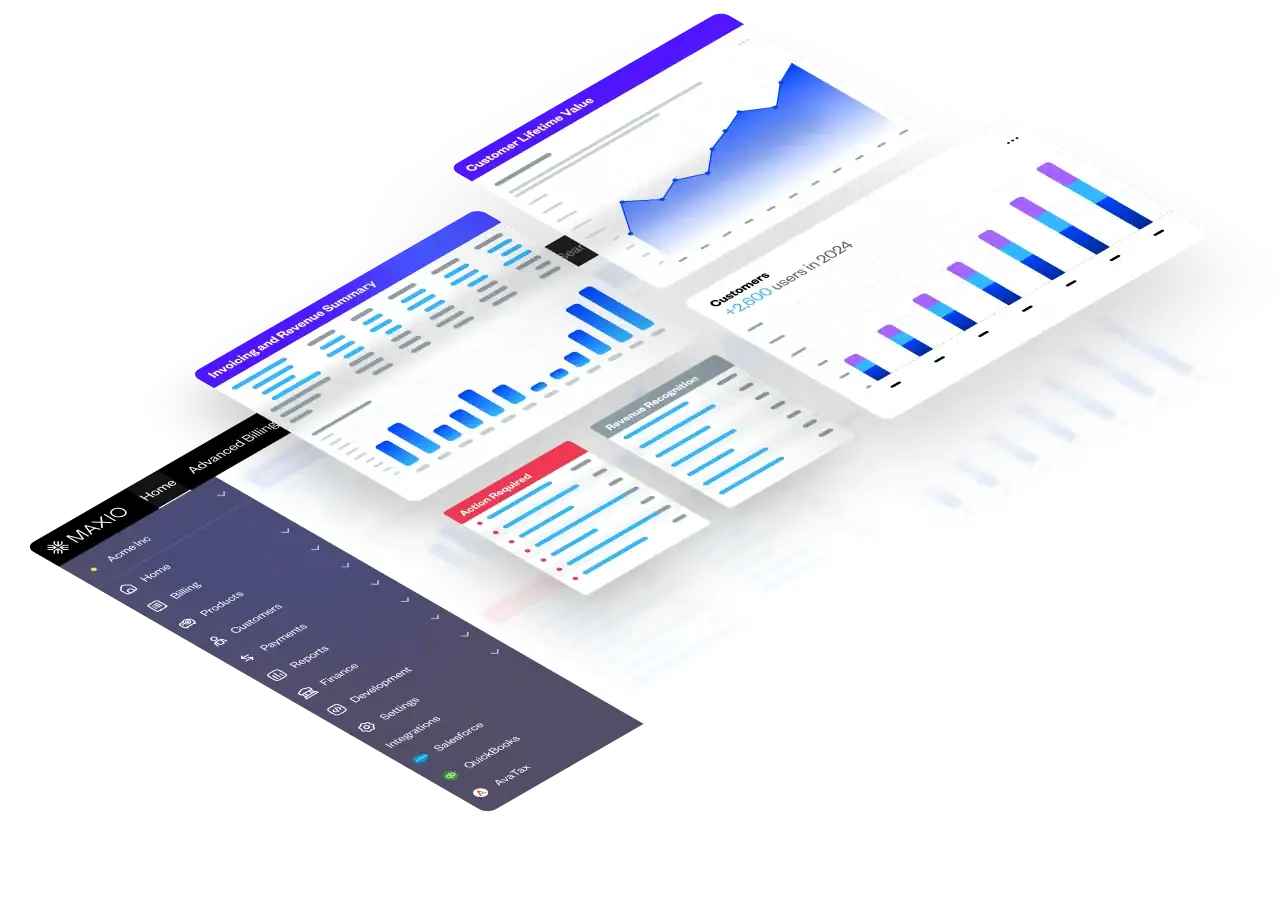Logo Churn
What is Logo Churn?
Logo churn is another term for customer churn and is a very important metric used by SaaS or subscription businesses as an input to the overall health of the business.
All SaaS investors will ask about logo churn, as there is some common knowledge in the marketplace about acceptable and unacceptable thresholds of customer churn. The astute SaaS investors, bankers, and consultants will pass right by logo churn or pass right through logo churn to Customer Lifetime Value, as the primary purpose of customer churn is as input into the CLV calculation.
As with all SaaS metrics, there is no official definition for logo (or customer) churn. However, the market has generally accepted that the definition of logo (customer) churn is a measure of the number of customers lost during a particular time period. Logo churn is expressed as a percentage and the formula is simple: The number of logos (customers) lost during the period divided by the number of logos (customers) at the start of the period.
How to calculate logo (customer) churn:
An easy example is instructive:
- Company A’s preferred time period is one year.
- Company A’s number of logos (customers) lost during the year being measured = 5
- Company A’s number of logos (customers) at the beginning of the year being measured = 100
5/100 = 5%
Company A had logo churn of 5%.
Straightforward, but a couple of implicit attributes are very important to note:
- It is critical to choose the time period that is most relevant to your business. For B2B SaaS or subscription businesses, this is typically one year because the contract term they sell most frequently is 1 year. For these businesses, measuring logo churn monthly is unlikely to be very useful because their customers typically only make a ‘renew or cancel’ decision once every 12 months. Contrast that to a B2B SaaS/subscription business that sells a month-to-month subscription. In this case, customers are making the ‘renew or cancel’ decision every month. A logo churn time period of 1 month might, therefore, be preferred.
- Define clearly what is a ‘lost’ customer logo. In many B2B SaaS/subscription businesses, customers go quiet at renewal time as they ponder their options and enter a strange limbo state where they’ve neither renewed nor canceled as the renewal date elapses. The larger the renewal contract value, the more this scenario tends to arise and the more critical it is to clearly define ‘lost’ and apply that definition with unwavering consistency. To achieve true operational insight from any metric, you must not move the goalposts on your definitions.
What is most important about churn is using it to achieve operational insight:
Now that you know the calculation, you can see the math for logo (customer) churn is simple, but it is not enough by itself. In any B2B SaaS/subscription business, you should always measure churn at least two ways: logo churn and revenue churn. B2B SaaS/subscription businesses tend to have lots of sales negotiation in their contracts, and the loss of one customer can have a very different financial impact from the loss of another.
As an example, Company A’s 5% logo churn is not alarming on the surface, but if those were their five largest customer contracts, the impact to revenue would be much greater than churning the five logos with the smallest contracts. In B2C, the customer base is typically very homogenous, and the financial impact of a lost customer is pretty much the same as any other lost customer. Measuring customer churn alone might be sufficient as it tends move in lockstep with revenue churn in this scenario.
An alternative example: Company B has logo churn of 17% over the past 12 months, but revenue churn is 0%. The customer churn churn is alarming, but the customers who remain are upgrading. In this case, there are some potential positives hidden behind the numbers. If the customers who remain tend to upgrade, improving customer churn will also improve revenue churn, all else equal. But, all else is seldom equal in B2B SaaS/subscription businesses. It is possible that Company B expends significant effort and money to improve customer churn numbers and makes no progress on revenue churn because they’ve improved logo churn with the customer segment least likely to upgrade. Company B will need to expend some effort determining its churn profiles before bluntly assuming improving the logo churn will automatically improve revenue churn.
In B2B SaaS/subscription businesses, the lack of homogeny in the customer base means customers very likely churn for different reasons at different stages of their evolutions. Measuring both revenue and logo (customer) churn in concert with determining your churn profiles can help keep you from drawing the wrong conclusions.

